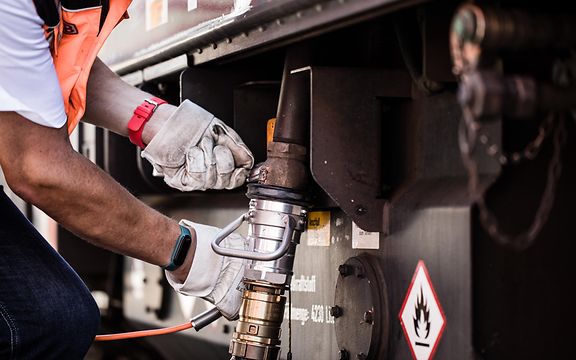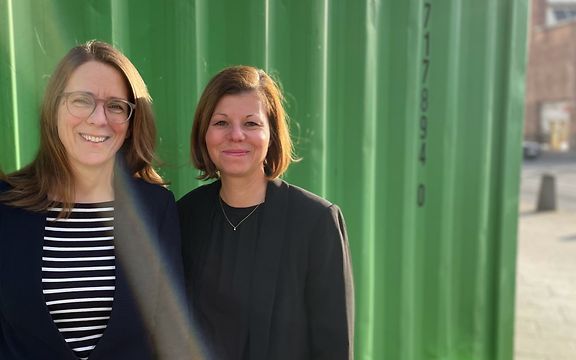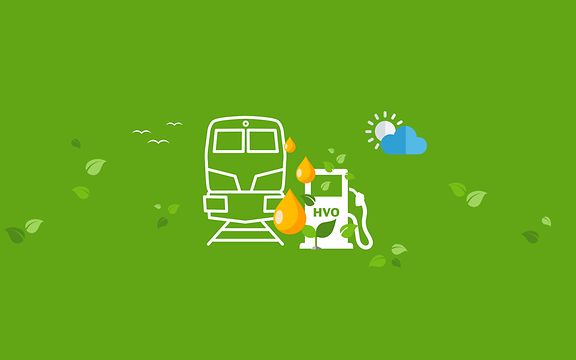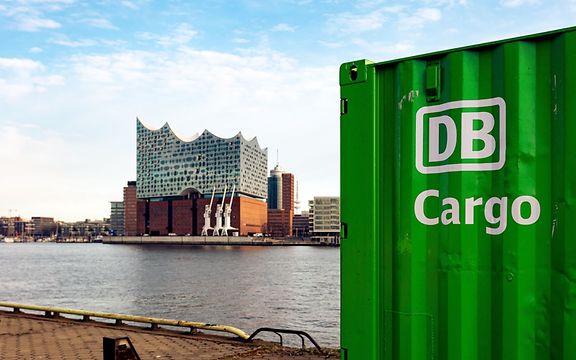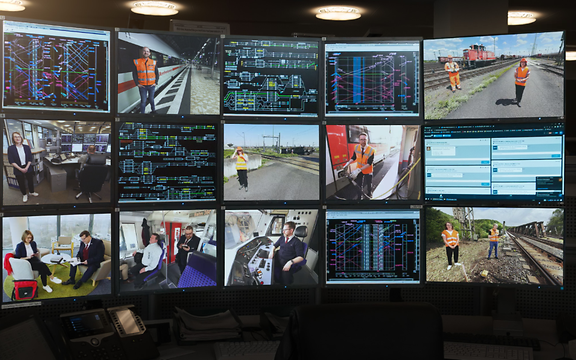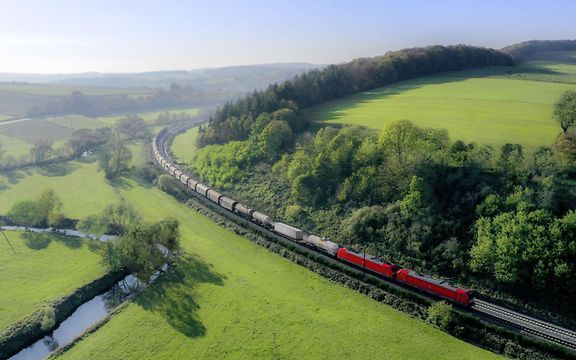Bi-mode locomotives bring further sustainability to DB Cargo’s operations
In the long term, diesel locomotives are on their way out. The time has come for the next stage of evolution. It’s big, it’s green and it’s powerful.
Today, diesel locomotives are still being used in single wagonload transport in order to haul freight wagons to customers' private sidings. While more than 60% of the railway network is electrified, a combustion engine is usually the only way to overcome the last mile to the customer. By 2030, DB Cargo aims to equip 70% of its diesel locomotive fleet with innovative drive systems, and by 2050 the DB Group even intends to replace all diesel vehicles.
17,000 fewer tonnes of CO2 per yearThe new Vectron Dual Mode electro-diesel locomotives can go either way: they can run with both diesel engines and electrically on routes with overhead lines. This flexibility reduces diesel consumption and CO2 emissions. The new locomotives will save Deutsche Bahn around 17,000 tonnes of CO2 every year. The bi-mode locomotive runs with zero local emissions. In addition to traditional operations on customer sidings, which are generally not electrified, bi-mode locomotives will also be able to cover heavier hand-over journeys in future that require larger diesel and electric locomotives today. DB Cargo has initially ordered 100 class 248 locomotives. Delivery will start in 2023; the framework agreement allows for a volume of up to 400 vehicles.
Advantages and effects
- Use of locomotives in line with requirements, with adequate power and low energy consumption
- Trains can use electricity under overhead lines, lowering energy costs, reducing noise emissions and significantly improving the carbon footprint.
- Increasing the performance of local services under the overhead lines enables both heavier trains and higher speeds, thus ensuring train path availability with increasing network capacity utilisation.
